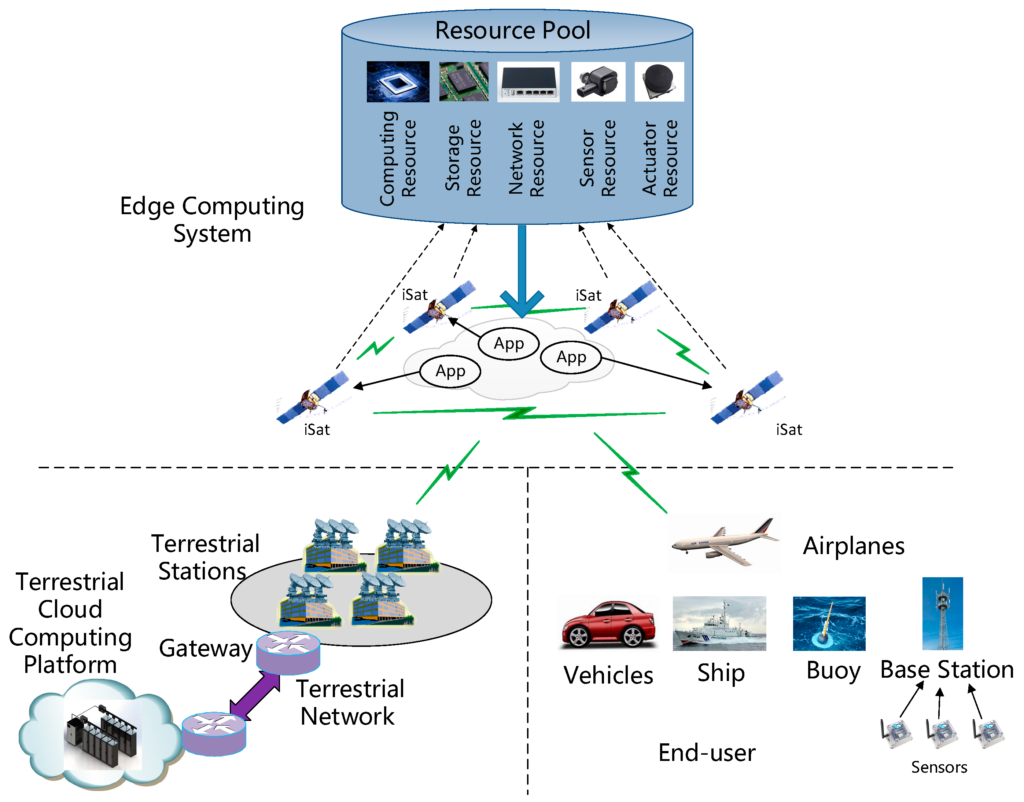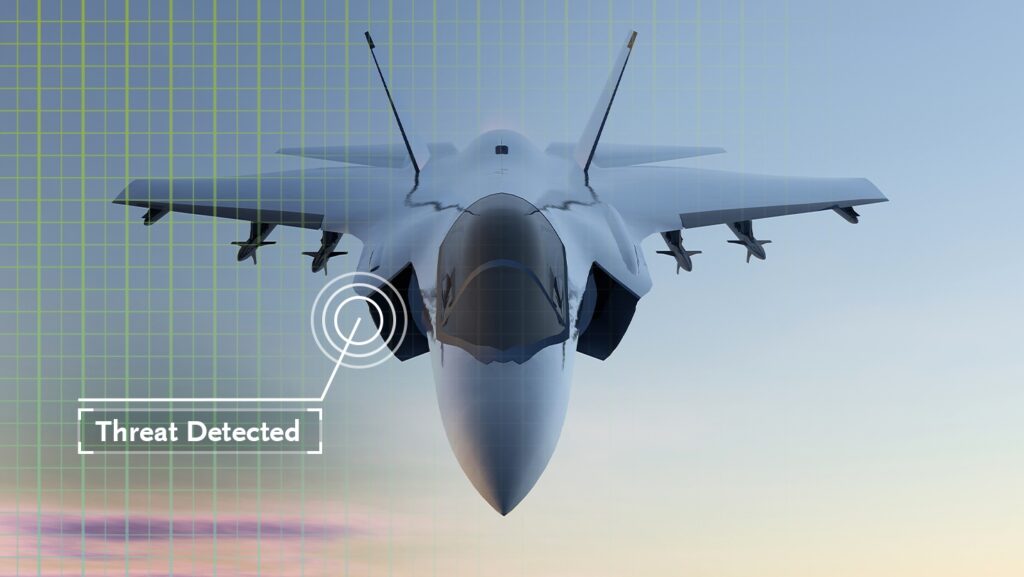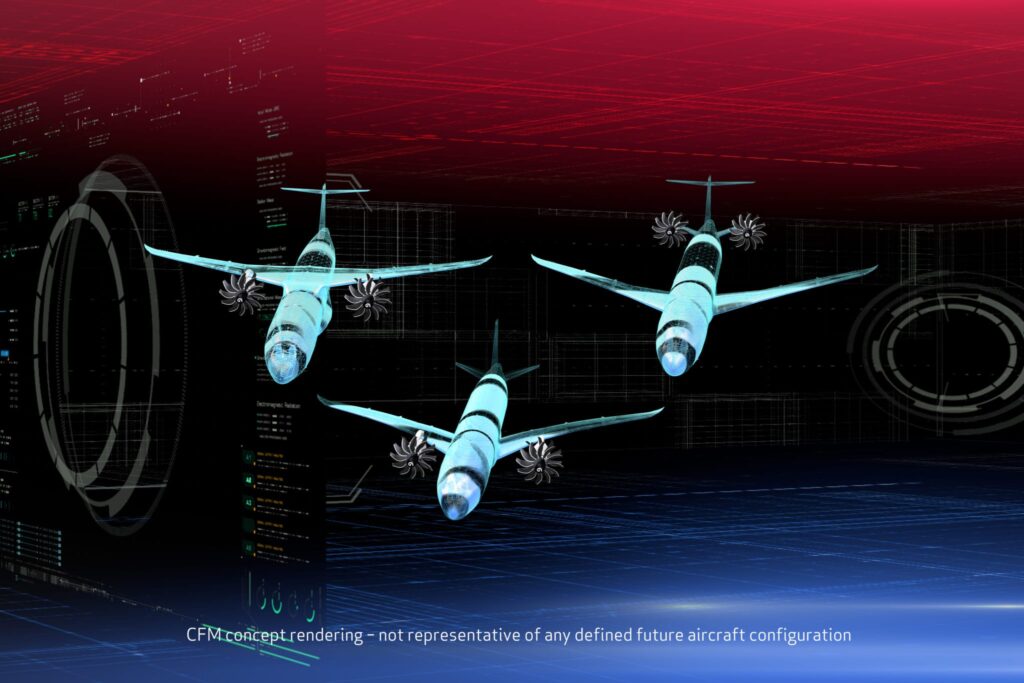
Introduction
Remember when we used to marvel at the idea of aircraft merely having Wi-Fi? Fast forward to today, where we’re not just connected at 35,000 feet, but also able to process vast amounts of data right there on the edge. How, you ask? Welcome to the world of edge computing in aerospace!
What is Edge Computing?

Before we dive into the skies, let’s first understand edge computing. In simple terms, edge computing is about bringing computation and data storage closer to the devices where it’s being gathered, rather than relying on a central location that could be thousands of miles away. Now, why is that important for aerospace? Let’s explore.
Edge Computing: Taking Flight in Aerospace
The aerospace industry is data-driven. From flight controls and navigation systems to weather monitoring and passenger entertainment, every aspect generates a mountain of data. And with the rise of autonomous and semi-autonomous aircraft, data processing needs are skyrocketing.
Improved Data Processing

Edge computing allows for real-time data processing right on the aircraft. This means faster, more efficient systems that can improve everything from flight paths to fuel efficiency. And in the event of an emergency, real-time data could be crucial for quick decision-making.
Reduced Latency
Nobody likes delays, especially not in the aerospace industry. With edge computing, we can say goodbye to the latency issues that come with sending data to a central server for processing. This is especially vital for drone operations where every millisecond counts.
Enhanced Security

In an age where data is gold, edge computing offers an extra layer of security. By processing data locally, we’re reducing the need to transmit sensitive information, thereby minimizing the risk of breaches.
Challenges and the Road Ahead
Like any technology, edge computing in aerospace isn’t without its challenges. These include ensuring robust cybersecurity measures, dealing with the physical constraints of aircraft, and handling the massive amounts of data generated during flights.

However, the future looks bright. With ongoing advancements, edge computing is set to revolutionize the aerospace industry. Imagine an aircraft so smart that it can self-diagnose issues, optimize flight paths in real-time, and offer personalized experiences for passengers. That’s the power of edge computing, and it’s only the beginning!
Let’s Hear From You!
So, how do you see edge computing impacting your work in the aerospace sector? Are there any potential applications that excite or concern you? Share your thoughts in the comments below – let’s get the conversation flying!
And that’s a wrap on our journey through edge computing in aerospace. Stay tuned for more insights and ideas from the world of engineering. Until next time, keep looking to the skies!

